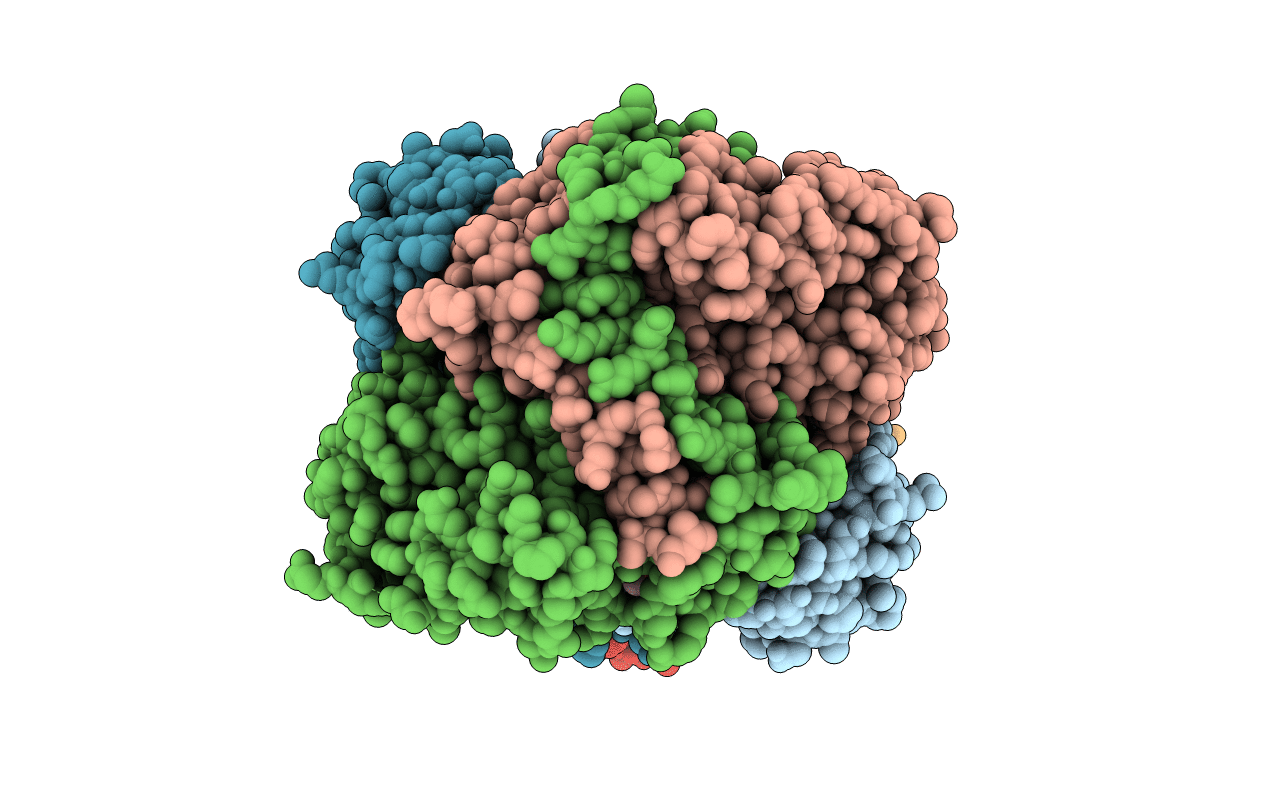
Deposition Date
2007-12-06
Release Date
2008-09-30
Last Version Date
2023-11-01
Entry Detail
PDB ID:
3BK9
Keywords:
Title:
H55A mutant of tryptophan 2,3-dioxygenase from Xanthomonas campestris
Biological Source:
Source Organism:
Xanthomonas campestris pv. campestris (Taxon ID: 340)
Host Organism:
Method Details:
Experimental Method:
Resolution:
2.15 Å
R-Value Free:
0.28
R-Value Work:
0.20
R-Value Observed:
0.20
Space Group:
P 1 21 1


